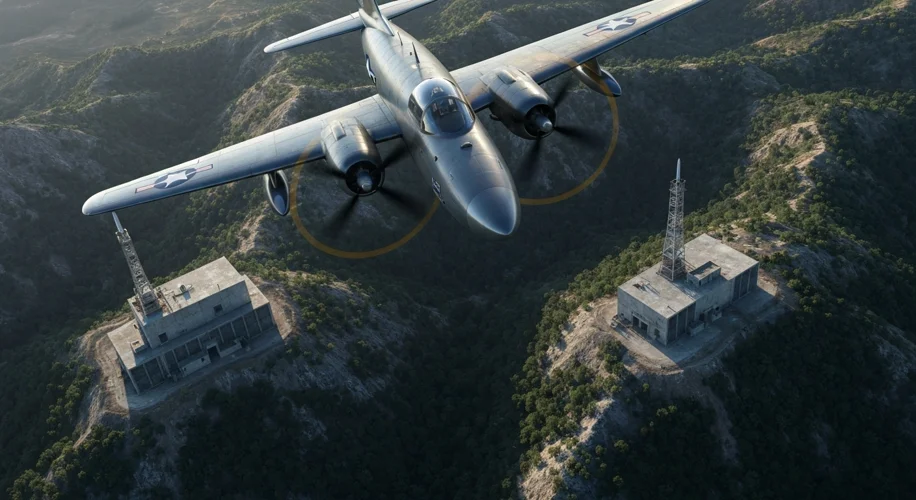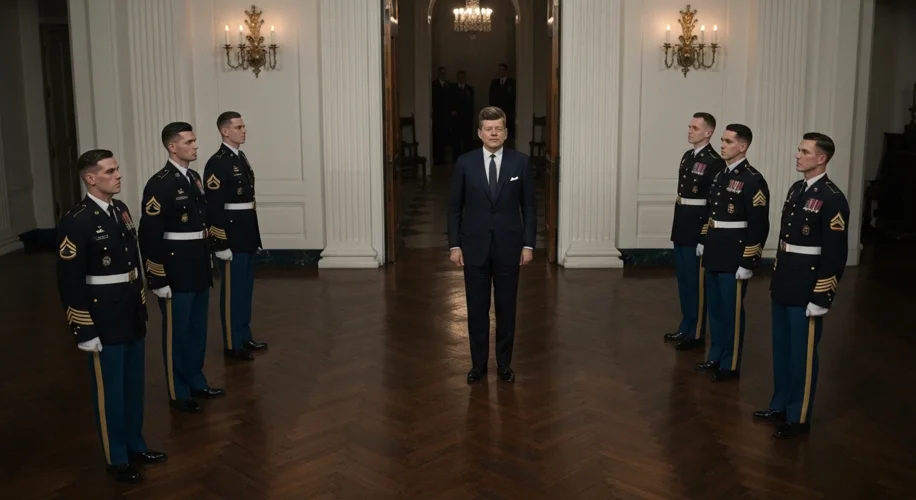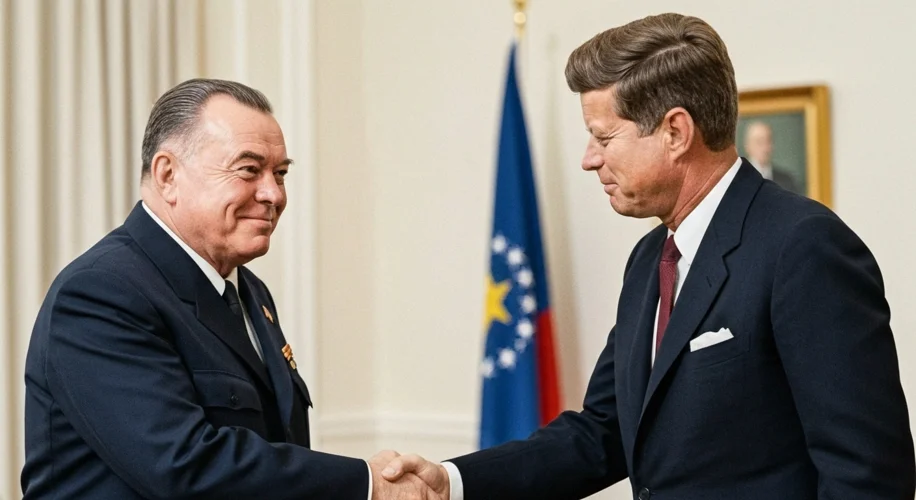The air in Washington D.C. in October 1962 was thick with a tension so palpable it felt like a physical force. For thirteen harrowing days, the world held its breath, teetering on the precipice of nuclear annihilation. This was the Cuban Missile Crisis, a confrontation that brought the two global superpowers, the United States and the Soviet Union, closer to war than ever before or since.
It began subtly, an almost imperceptible shift in the global chess game. For years, the Cold War had been a tense standoff, a proxy battleground of ideologies and arms races. The United States had Jupiter missiles stationed in Turkey, bordering the Soviet Union, and felt strategically vulnerable. In the spring of 1962, Soviet Premier Nikita Khrushchev, seeking to level the playing field and protect his communist ally in Cuba, Fidel Castro, made a audacious decision: to secretly deploy medium-range and intermediate-range ballistic nuclear missiles on the island, just 90 miles off the coast of Florida.

On October 14, 1962, an American U-2 spy plane on a routine reconnaissance mission captured irrefutable photographic evidence of the missile sites under construction. The images were stark and chilling: erector ramps, transporter-erectors, and missile silos, unmistakably Soviet in design and intent. When President John F. Kennedy was briefed on the findings on October 16th, the gravity of the situation hit home with the force of a thunderclap. These were not defensive weapons; they were offensive, capable of striking deep into American territory with little to no warning.
The initial response within the White House was fraught with debate. Military advisors, led by figures like General Curtis LeMay, urged for immediate airstrikes to destroy the missile sites, followed by a full-scale invasion of Cuba. This approach, however, carried an immense risk: a direct military confrontation with the Soviet Union, potentially triggering a retaliatory nuclear strike. On the other side of the spectrum were those who advocated for a more measured response, fearing that any aggressive action could escalate into a global catastrophe.
President Kennedy, a charismatic and intelligent leader, found himself at the epicenter of this storm. He convened a special group of advisors, known as the Executive Committee of the National Security Council (ExComm), to grapple with the crisis. For days, they debated, analyzed, and agonized over the options. The pressure was immense, the stakes unimaginable. The world watched, largely unaware of the true peril, as Kennedy wrestled with his conscience and his duty.

On October 22nd, President Kennedy addressed the nation, revealing the presence of the missiles and announcing a naval “quarantine” – a blockade – around Cuba to prevent further Soviet shipments. This was a bold but calculated move, designed to apply pressure without initiating outright warfare. The world held its collective breath as Soviet ships steamed towards the quarantine line.
The tension reached its zenith on October 27th, a day ominously dubbed “Black Saturday.” A U-2 spy plane was shot down over Cuba by a Soviet surface-to-air missile, killing its pilot, Major Rudolf Anderson Jr. Simultaneously, another U-2 strayed into Soviet airspace over Siberia, narrowly avoiding being intercepted. The fragile peace seemed on the verge of shattering. Whispers of nuclear war were no longer theoretical; they were chillingly real.
Behind the scenes, however, a desperate diplomatic dance was underway. Through back-channel communications, and even a secret letter from Khrushchev to Kennedy, a potential solution began to emerge. The Soviets would remove their missiles from Cuba, provided the United States pledged not to invade the island and secretly agreed to remove its Jupiter missiles from Turkey.

On October 28th, the crisis was resolved. Khrushchev announced the dismantling of the missile sites, and the world breathed a collective sigh of relief. The world had stared into the abyss and, by a thread, pulled back.
The Cuban Missile Crisis was a stark and terrifying lesson in the dangers of nuclear brinkmanship. It underscored the urgent need for improved communication and de-escalation strategies between the superpowers. In its aftermath, the Moscow-Washington hotline was established, a direct communication link designed to prevent future misunderstandings and miscalculations. The crisis also highlighted the profound responsibility that came with possessing nuclear weapons and the immense human cost of geopolitical rivalry. It was a moment when humanity truly understood the fragility of its existence, a chilling reminder that the decisions made in smoke-filled rooms could determine the fate of billions.
Its echoes resonate even today, a somber testament to the Cold War’s perilous dance and the enduring quest for peace in a world armed with ultimate destruction.

